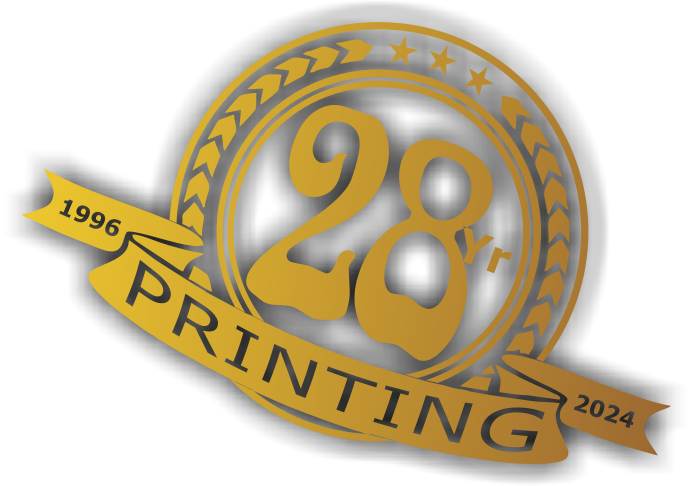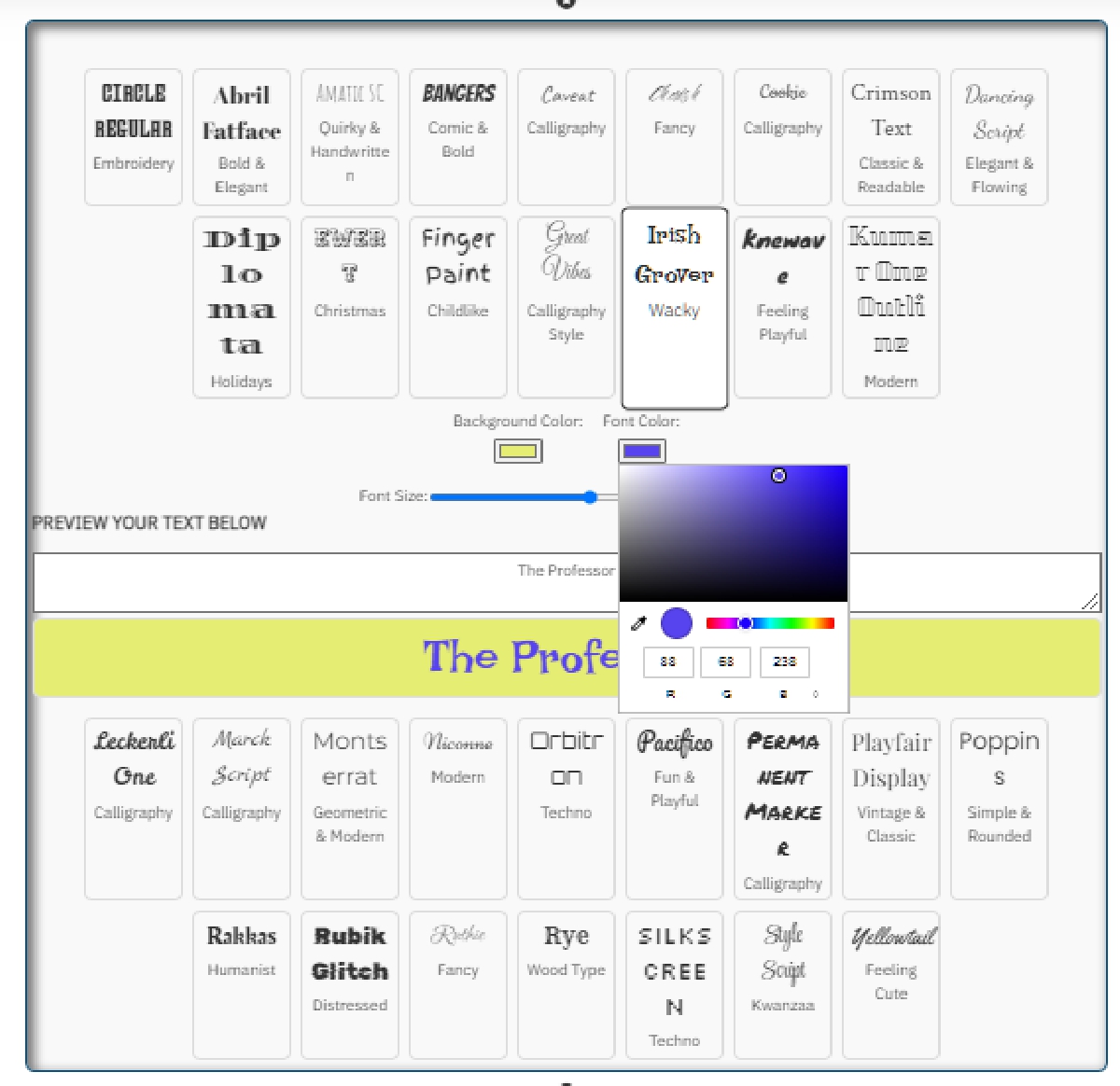
What materials can be sublimated?
data/facts from WIKI, and Compiled by The Laughing Professor
knowing about various materials opens up far more possibilities for personalized printed products. First we have to know what the capabilities of dye sublimation are, so far as printing and heat pressing. There is an blog article on this.
Acrylic may refer to: Chemicals and materials
Acrylic glass or poly(methyl methacrylate), "Plexiglas", "Perspex", a transparent thermoplastic Chemical compounds that contain the acryloyl group derived from acrylic acid
Acrylic fiber, a synthetic fiber of polyacrylonitrile Acrylic paint, fast-drying paint containing pigment suspension in acrylic polymer emulsion
Acrylic resin, a group of related thermoplastic or thermosetting plastic substances Acrylate polymer, a group of polymers (plastics) noted for transparency and elasticity
Acrylic lacquers using acrylic resin, a synthetic polymer, were developed in the 1950s. Acrylic resin is colourless, transparent thermoplastic, obtained by the polymerization of derivatives of acrylic acid. Acrylic is also used in enamel paints, which have the advantage of not needing to be buffed to obtain a shine. Enamels, however, are slow drying. The advantage of acrylic lacquer is its exceptionally fast drying time. The use of lacquers in automobile finishes was discontinued when tougher, more durable, weather- and chemical-resistant two-component polyurethane coatings were developed. The system usually consists of a primer, colour coat and clear topcoat, commonly known as clear coat finishes.
Spandex, Lycra or elastane is a synthetic fiber known for its exceptional elasticity. It is stronger and more durable than natural rubber.[1] It is a polyester-polyurethane copolymer that was invented in 1958 by chemist Joseph Shivers at DuPont's Benger Laboratory in Waynesboro, Virginia.[2] When introduced in 1962, it revolutionized many areas of the clothing industry. The name "spandex" is an anagram of the word "expands".[3] It is the preferred name in North America; in continental Europe it is referred to by variants of "elastane", i.e. élasthanne
Microfiber or microfibre is synthetic fiber finer than one denier or decitex/thread.[1] This is smaller than the diameter of a strand of silk (which is approximately one denier), which is itself about 1/5 the diameter of a human hair. The most common types of microfibers are made from polyesters, polyamides (e.g., nylon, Kevlar, Nomex, trogamide), or a conjugation of polyester, polyamide, and polypropylene (Prolen).[2] Microfiber is used to make mats, knits, and weaves for apparel, upholstery, industrial filters, and cleaning products. The shape, size, and combinations of synthetic fibers are selected for specific characteristics, including softness, toughness, absorption, water repellency, electrostatics, and filtering capabilities.
Bicast leather (also known as bi-cast leather, bycast leather, or PU leather, sometimes described as split leather) is a material made with a split leather backing covered with a layer of polyurethane (hence the term "PU leather") that is applied to the surface and then embossed. Because it is only used for the backing, the leather portion of this material is generally not visible in finished goods made from bicast. Bicast was originally made for the apparel industry for glossy shoes, and recently was adopted by the furniture industry. The resulting product has an artificially consistent texture that is easier to clean and maintain, as is the case with most plastic materials. When used for footwear, it cannot be considered equal to conventional leather as it lacks the strength, breatheability, and durability of the natural product. Production of synthetic, artificial/faux "leathers" has recently evolved so that a shell coating layer goes on top of a synthetic polymer blend, so the definition of "synthetic", "artificial/faux" leather methods of production no longer necessarily requires composite leather blends of [coated] raw-tanned cowhide grains or its fibrous layers.
Nylon is a thermoplastic,[5] silky material, first used commercially in a nylon-bristled toothbrush (1938), followed more famously by women's stockings ("nylons"; 1940) after being introduced as a fabric at the 1939 New York World's Fair.[6] Nylon is made of repeating units linked by peptide bonds and is a type of polyamide and is frequently referred to as such.[7][8] Nylon was the first commercially successful synthetic thermoplastic polymer.[7] Commercially, nylon polymer is made by reacting monomers which are either lactams, acid/amines or stoichiometric mixtures of diamines (-NH2) and diacids (-COOH). Mixtures of these can be polymerized together to make copolymers. Nylon polymers can be mixed with a wide variety of additives to achieve many different property variations.
Rayon is a versatile fiber and is widely claimed to have the same comfort properties as natural fibers, although the drape and slipperiness of rayon textiles are often more like nylon. It can imitate the feel and texture of silk, wool, cotton and linen. The fibers are easily dyed in a wide range of colors. Rayon fabrics are soft, smooth, cool, comfortable, and highly absorbent, but they do not insulate body heat, making them ideal for use in hot and humid climates, although also making their "hand" (feel) cool and sometimes almost slimy to the touch.[9]
Polyester is a category of polymers that contain the ester functional group in their main chain. As a specific material, it most commonly refers to a type called polyethylene terephthalate (PET). Polyesters include naturally occurring chemicals, such as in the cutin of plant cuticles, as well as synthetics through step-growth polymerization such as polybutyrate. Natural polyesters and a few synthetic ones are biodegradable, but most synthetic polyesters are not. This material is used very widely in clothing. Depending on the chemical structure, polyester can be a thermoplastic or thermoset. There are also polyester resins cured by hardeners; however, the most common polyesters are thermoplastics.[1] Fabrics woven or knitted from polyester thread or yarn are used extensively in apparel and home furnishings, from shirts and pants to jackets and hats, bed sheets, blankets, upholstered furniture and computer mouse mats. Industrial polyester fibers, yarns and ropes are used in car tire reinforcements, fabrics for conveyor belts, safety belts, coated fabrics and plastic reinforcements with high-energy absorption. Polyester fiber is used as cushioning and insulating material in pillows, comforters and upholstery padding. Polyester fabrics are highly stain-resistant— in fact, the only class of dyes which can be used to alter the color of polyester fabric are what are known as disperse dyes.[2]
Vinyl polymers groups can polymerize with the aid of a radical initiator or a catalyst, forming vinyl polymers. In these polymers, the double bonds of the vinyl monomers turn into single bonds and the different monomers are joined by single bonds. Vinyl groups do not exist in vinyl polymer; the term refers to the precursor. It is sometimes important to ascertain the absence of unreacted vinyl monomer in the final product when the monomer is toxic or reduces the performance of the plastic. The following table gives some examples of vinyl polymers.
Canvas is usually made of cotton or linen; although, historically it was made from hemp. It differs from other heavy cotton fabrics, such as denim, in being plain weave rather than twill weave. Canvas comes in two basic types: plain and duck. The threads in duck canvas are more tightly woven. The term duck comes from the Dutch word for cloth, doek. In the United States, canvas is classified in two ways: by weight (ounces per square yard) and by a graded number system. The numbers run in reverse of the weight so a number 10 canvas is lighter than number 4.
Feel free to reach out if you have any questions or need further assistance with your dye sublimation printing projects.

 30 years of #TheProfessor
30 years of #TheProfessor

 12% rewards for affiliate members
12% rewards for affiliate members

Leave a Comment